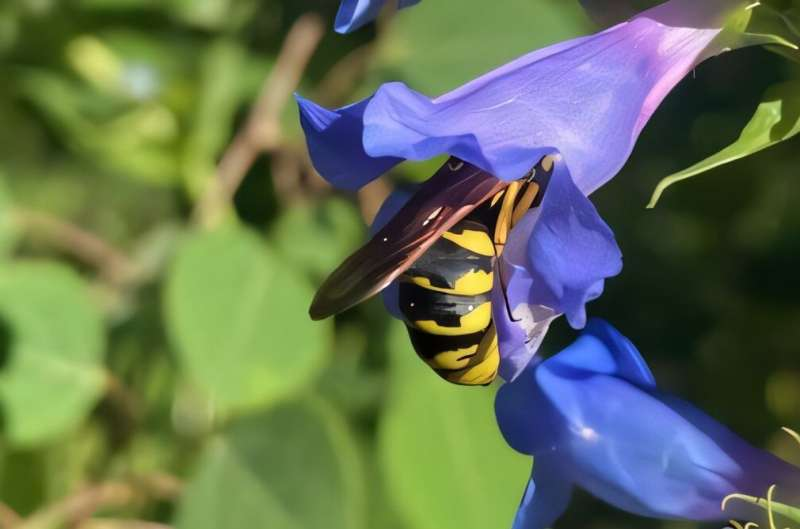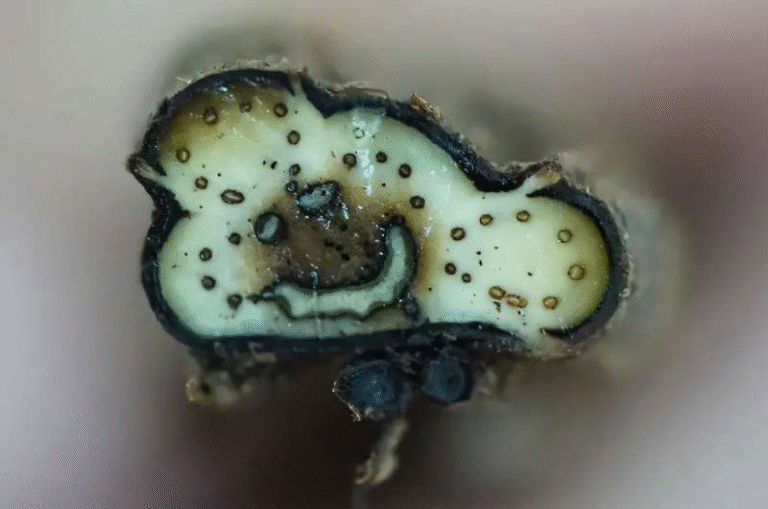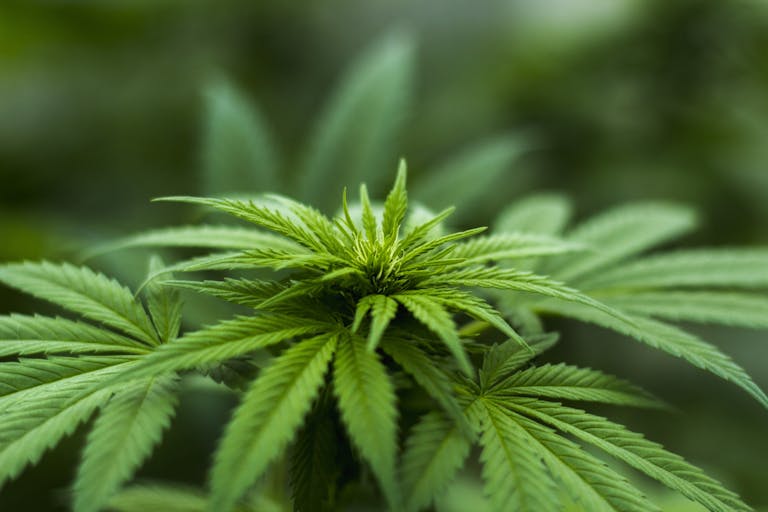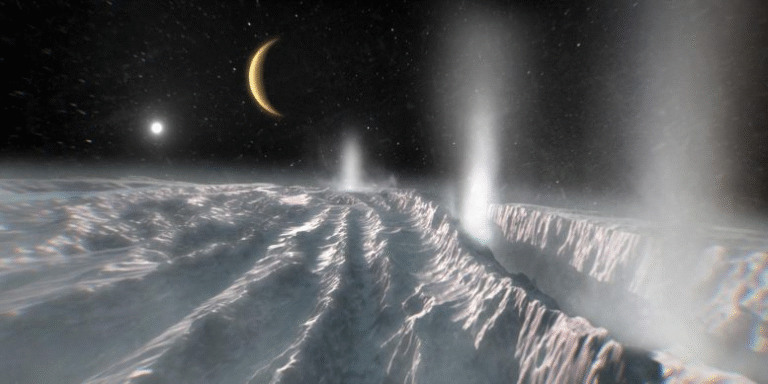Climate Change on Pikes Peak Is Making Flowers and Pollinators Fall Out of Sync

Climate change isn’t just warming our planet—it’s also rewriting nature’s schedule. A new study from the University of Colorado Boulder shows that on Pikes Peak, one of Colorado’s most iconic mountains, the long-standing timing between wildflowers and their pollinators is starting to drift apart.
Researchers compared modern data with records from over a century ago, originally gathered by ecologist Frederic Clements and his student Frances Long. The two began observing plant-pollinator interactions in 1910 at the Carnegie Institution’s Alpine Laboratory, perched at about 14,115 feet on Pikes Peak near Colorado Springs. Their meticulous records gave scientists today a unique window into how much things have changed.
Over the past hundred years, Colorado’s average temperature has climbed by about 2.9°F, with winters warming even faster—by 3.3°F. Meanwhile, the snowpack on the mountains has thinned, and snow is melting earlier in the year. These changes may seem small, but in delicate alpine ecosystems, they dramatically affect when plants bloom and when insects emerge.
Between 2019 and 2022, ecologist Julian Resasco and postdoctoral researcher Leana Zoller led a team back to those same slopes to see how today’s flowers and pollinators are responding. Because Pikes Peak’s environment has remained largely untouched—protected from urban sprawl and farming—it offered a rare chance to isolate the effects of climate change from other human activities.
Flowers and Pollinators Are Waking Up Earlier
The findings are both fascinating and concerning. The team studied 11 species of flowering plants and 25 species of wild pollinators, including bees, wasps, and flies, forming 149 plant-pollinator pairs that could be compared with the original 1910 dataset.
Their analysis revealed that wildflowers are now blooming an average of 17 days earlier than they did a century ago. Pollinators, on the other hand, are emerging 11 days earlier. At first glance, this might sound like both groups are adapting well to the changing climate—but the details tell a more complicated story.
Out of the 149 pairs, about 80% now have more overlap in their active periods than they used to. That means that, for now, many plants and pollinators are still managing to meet up at the right time. However, this increase in overlap might be temporary.
Historically, pollinators tended to appear before most plants began to flower, ensuring they’d be ready as soon as nectar and pollen became available. Now, plants are advancing faster than pollinators. If this trend continues, flowers could start blooming before pollinators are even active. That would leave both sides in trouble—plants without pollinators to reproduce, and insects without food to sustain them.
Some Species Are Already Out of Sync
One striking example is the western bumblebee (Bombus occidentalis). This species is now appearing 12 days later than it did a century ago, the opposite of what most others are doing. That delay could make it miss out on many of the flowers it historically depended on for food.
The western bumblebee’s situation is already dire—it has declined by at least 57% since 1998, largely due to disease, habitat loss, and pesticide exposure. Climate-driven mismatches could add yet another threat.
When pollinators struggle, it doesn’t just affect them—it ripples throughout the ecosystem. Pollinators, including wild species and domesticated honeybees, are responsible for helping 75% of the world’s flowering plants reproduce and for pollinating about 35% of global food crops. In other words, their well-being is directly tied to the health of both natural ecosystems and agriculture.
Why Snowmelt and Temperature Matter
In mountain environments like Pikes Peak, temperature and snowmelt timing are key environmental cues. Snow acts like a natural calendar and water reservoir: when it melts, plants wake up, insects emerge, and the growing season begins.
With earlier snowmelt, plants now start growing sooner, and insects adjust their life cycles accordingly. But not all species respond at the same rate or in the same way. Some plants might flower as soon as snow disappears, while certain insects may still rely on day length or other triggers to emerge. That’s where the mismatch begins.
Over time, these tiny timing differences can accumulate, changing who interacts with whom. Some pollinators may lose their favorite flowers, and some flowers might not get pollinated at all. The loss of these connections—built over thousands of years—can slowly erode biodiversity and ecosystem stability.
Why the Study Is Important
This research matters because it’s one of the few that can directly compare present-day ecological timing with data over 100 years old. Such long-term datasets are rare in ecology. Without that baseline, we might never realize how fast things are changing.
The fact that the study took place on protected land is another strength—it means the observed changes are almost certainly driven by climate, not by urbanization, farming, or pollution.
The team’s findings also highlight that the current overlap between plants and pollinators may be deceptively reassuring. Today, there’s still plenty of overlap—but since plants are advancing faster than pollinators, this harmony could soon flip into conflict. Once the flowers start blooming too early, insects may not catch up.
The Bigger Picture: Pollinators Under Pressure
Across the world, pollinators are already in trouble. Bees, wasps, flies, butterflies, and beetles are declining in many regions because of habitat destruction, pesticide use, invasive species, and climate change.
In the western United States, bumblebees—especially the western bumblebee—have seen sharp population declines. These bees are vital pollinators for both wild plants and crops like blueberries, clover, and tomatoes. Their loss would have serious ecological and economic consequences.
Wild pollinators also help maintain biodiversity. They ensure that wildflowers continue to reproduce, which supports other wildlife—from birds that eat seeds to mammals that rely on flowering plants for food or shelter. When pollinators decline, entire ecosystems can start to unravel.
How the Study Was Conducted
To understand these timing shifts, researchers analyzed both historical records and modern field observations. Between 2019 and 2022, they monitored which pollinators visited which flowers and when, repeating the same kinds of measurements that Clements and Long made in the early 1900s.
They then compared the timing of flowering and insect activity between the two periods, focusing on interaction pairs—specific plant and pollinator species that historically interacted. Out of 149 such pairs, the team could determine how many have changed, advanced, or become desynchronized.
Because the study site sits in a protected alpine ecosystem, the team could confidently attribute timing shifts to climate factors like temperature rise and snowmelt rather than human land use.
Looking Ahead
While some species seem to be keeping pace with one another for now, the general trend—plants advancing faster than pollinators—is a warning sign. Over time, even small mismatches can cause big ecological shifts.
If flowering happens before pollinators are ready, plants might fail to set seeds, pollinators might starve, and the entire network of interactions could weaken. In turn, this affects not just wild species, but also the crops and ecosystems that humans depend on.
The authors emphasize that maintaining pollinator diversity and abundance is key to sustaining ecosystems. Protecting their habitats, reducing pesticide use, and addressing climate change can help buffer these effects.
For mountain ecosystems like Pikes Peak, continued monitoring will be essential. These environments are like early warning systems—they show us how even slight temperature changes can ripple through nature’s timing and balance.
Research Reference:
Leana Zoller, Julian Resasco, et al. Phenological Shifts in Plants and Pollinators over a Century Disrupt Interaction Persistence, The American Naturalist (2025). https://doi.org/10.1086/738351





